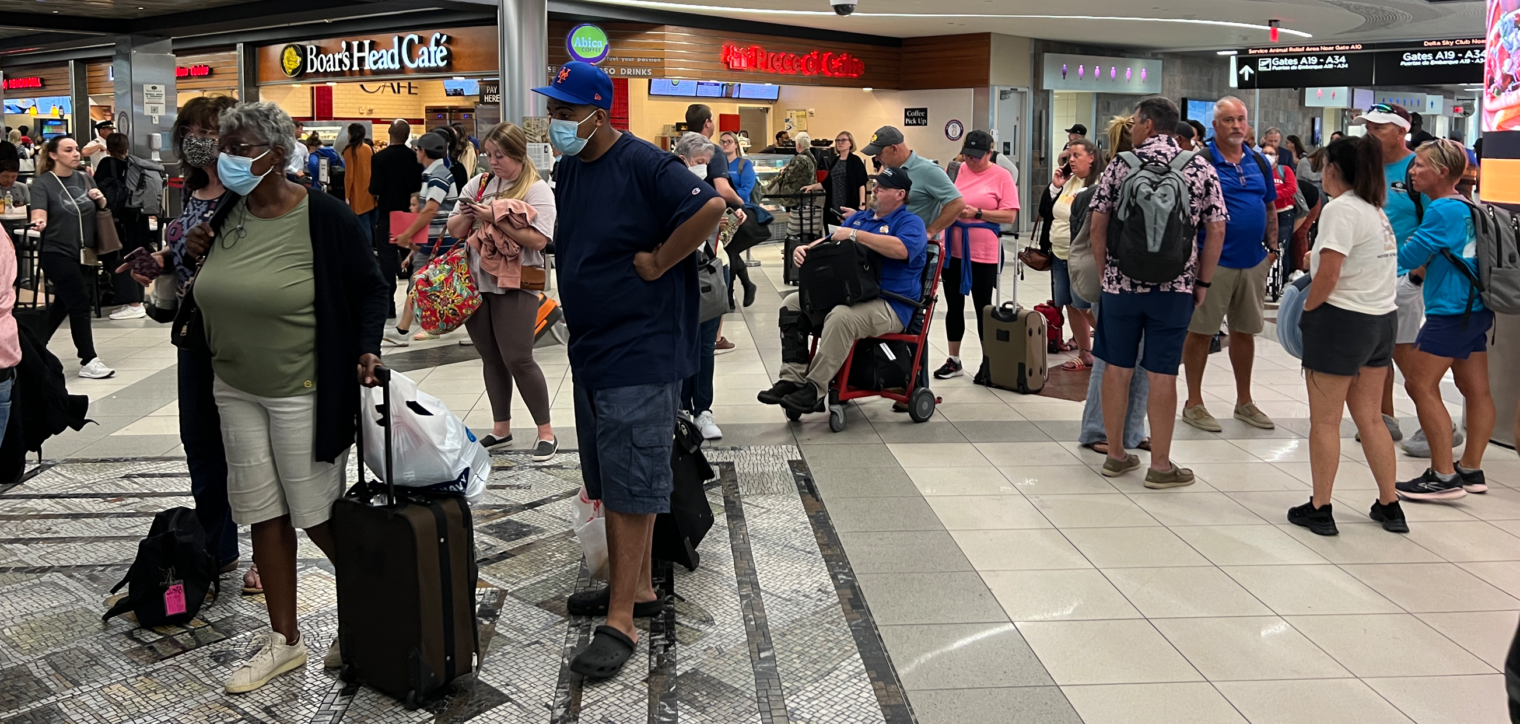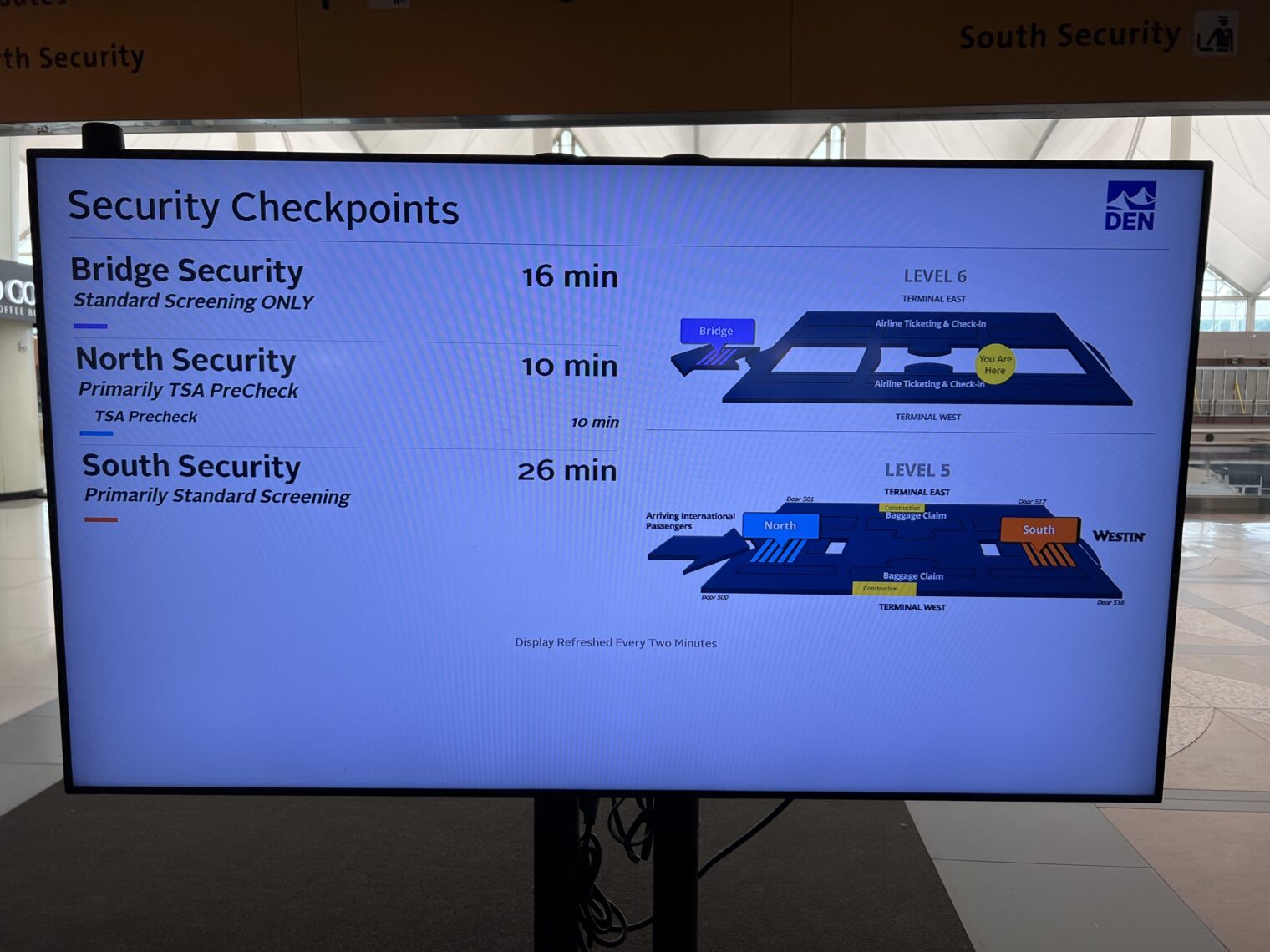When coronapanic began, the CDC told Americans that, contrary to all previously established medical knowledge, a simple cloth or surgical mask would substantially prevent infection by SARS-CoV-2. This advice has been walked back, to some extent, in favor of suggesting N95 masks, but the general public does not seem to have gotten the more recent memo.
On a June trip to San Diego, I noticed a fair number of people who apparently sought to protect themselves and others from COVID-19. Instead of staying home, which would have been the obvious choice given pre-2020 Science, they were on 100-percent-crammed airline flights, in museums, etc.
Here is an example from the Chick-fil-A line in Atlanta:
An example on the deck of the USS Midway in San Diego (awesome museum, but staying home is safer):
Despite half of the U.S. taking the position that avoiding COVID-19 is a critical human activity and that the other half of the nation is morally deficient for not sharing their concern, the Denver airport was crammed to capacity on a Wednesday at noon (imagine Friday afternoon before a holiday weekend!). A 26-minute wait for the non-elite:
Colorado supported Joe Biden, but it seems that the typical local won’t wear a mask while engaging in a religious ritual at the Denver airport’s 2SLGBTQQIA+ monolith (imagine the joy if Kubrick’s 2001 were updated with this monolith!):
On a related note, the Delta flight attendant offered me an alcohol wipe during boarding. I replied, “thank you, but my personal hygiene problems are far too severe to be addressed by one wipe.”
Related:
Full post, including comments 








